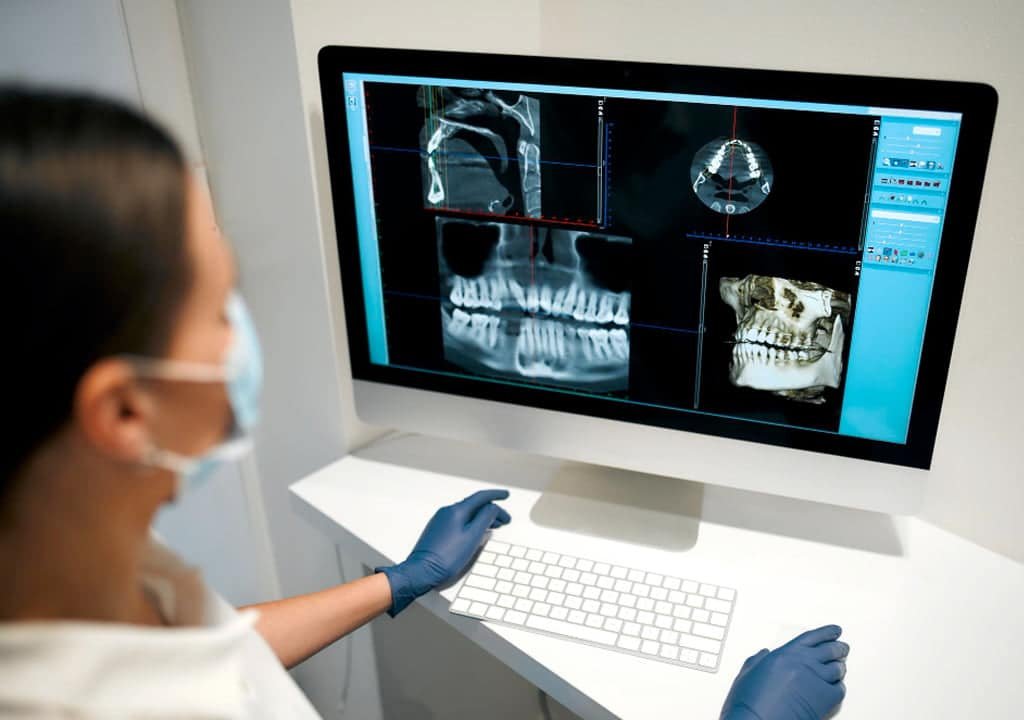Sedation dentistry, a revolutionary approach to dental procedures, allows patients to undergo treatments without the anxiety and discomfort typically associated with dental visits.
The Importance of Digital Imagery in Dentistry
The world of dentistry has come a long way since the days of rudimentary tools and a limited understanding of oral health. As we embrace the digital age, dental professionals have also integrated technology into their practices to offer patients better care and enhanced experiences.
Dental Implant Failures Are Tied To Certain Health Factors
A dental implant is a metal post that’s surgically attached to the jaw bone to support an artificial tooth. Once in place, a restorative dentist or oral surgeon mounts a replacement tooth to the implant.
Can You Cure Chronic Bad Breath?
Some people are convinced they have bad breath when their breath is completely neutral. To reduce bad breath, help avoid cavities and lower your risk of gum disease, consistently practice good oral hygiene.
Keeping Your Kids Teeth Healthy In The Summer
As the days get longer and the weather gets warmer, it can only mean one thing: summer break is almost here! We’ve put together this content that explains Keeping Your Kids Teeth Healthy In The Summer. Be aware and take care of your teeth.
10 Dental Hygiene Tips for Healthy Teeth
Dental hygiene is needed for a healthy body and you must know the smart tips to keep your teeth healthy and long lasting.
Dental Care Networks – Why They Make Sense
Although this idea may have merit, significant legal and other barriers stand in the way of allowing dentists to do more primary health care, physicians to do more oral health care, and both professions to collaborate.







